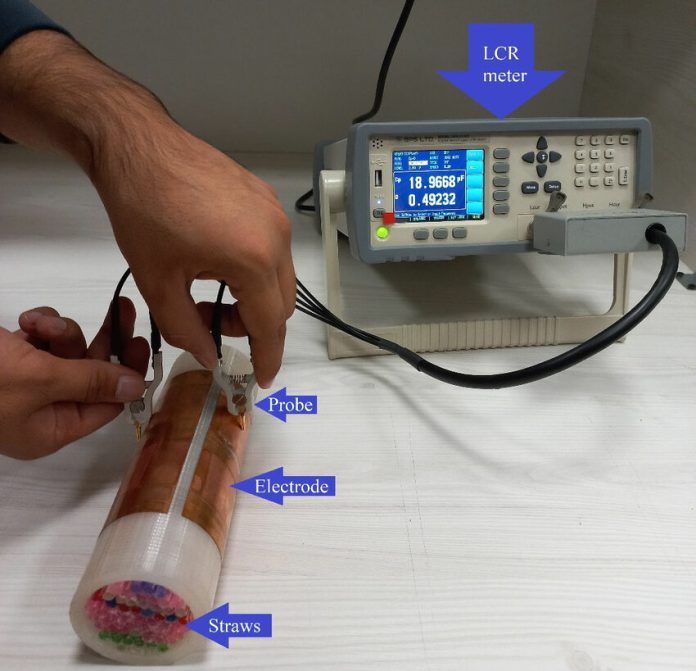Dielectric loss, a critical parameter in the characterization of materials, plays a significant role in various applications, including electronic components, insulators, and dielectric materials. Measuring dielectric loss is essential for understanding the energy dissipation and overall performance of materials in electrical circuits. This article explores the methodology and importance of measuring dielectric loss using an LCR (Inductance, Capacitance, and Resistance) meter.
Understanding Dielectric Loss
Dielectric loss, also known as tangent delta (tanδ) or dissipation factor, quantifies the energy lost as heat when an alternating electric field is applied to a dielectric material. It is a measure of how efficiently a material can store and release electrical energy. Dielectric loss is particularly relevant in applications where materials are exposed to varying electrical frequencies, such as in capacitors and insulating materials.
Measurement Principle with LCR Meters
LCR meters are well-suited for measuring dielectric loss as they can precisely determine the capacitance (C) and the dissipation factor (tanδ) of a material. The measurement is typically carried out by applying an alternating current (AC) voltage across the material and measuring the current response. The phase shift between the applied voltage and the resulting current provides information about the dielectric properties of the material.
Steps for Measuring Dielectric Loss:
1. Sample Preparation:
Ensure the material sample is appropriately prepared and has a flat, uniform surface. The sample thickness is crucial, and it should be consistent to obtain accurate measurements.
2. Connection to LCR Meter:
Connect the LCR meter to the material sample. The LCR meter generates an AC signal, and the material’s response is analyzed to determine its dielectric properties.
3. Setting Frequency:
Choose the appropriate frequency for the measurement. Dielectric properties can vary with frequency, so selecting the relevant frequency is essential for accurate characterization.
4. Measuring Capacitance:
The LCR meter measures the capacitance of the material. This value is crucial for calculating the dissipation factor.
5. Measuring Dissipation Factor (tanδ):
The dissipation factor (tanδ) is calculated by measuring the phase difference between the voltage and current waveforms. This phase shift is indicative of the energy losses within the material.
6. Analysis and Interpretation:
Analyze the obtained values of capacitance and dissipation factor. Higher tanδ values suggest greater energy losses in the material, which may impact its performance in certain applications.
Importance of Dielectric Loss Measurements:
1. Material Selection:
Dielectric loss measurements aid in selecting materials for specific applications. For example, in the design of capacitors, low dielectric loss materials are preferred to minimize energy dissipation.
2. Quality Control:
Manufacturers use dielectric loss measurements as part of quality control processes to ensure that materials meet specified standards. Deviations from expected values may indicate manufacturing defects.
3. Design Optimization:
Engineers use dielectric loss data to optimize the design of electrical components. Understanding how materials behave under different frequencies helps in designing efficient and reliable circuits.
4. Predicting Performance:
Dielectric loss measurements allow for predicting the performance of materials in real-world applications, especially in environments with varying frequencies and electrical conditions.
Conclusion
Measuring dielectric loss using an LCR meter is a valuable technique for characterizing the electrical properties of materials. This information is crucial for selecting materials, ensuring quality in manufacturing processes, and optimizing the design of electronic components. LCR meters provide a versatile and accurate means of obtaining dielectric loss data, making them essential tools in research, development, and quality assurance across various industries.
